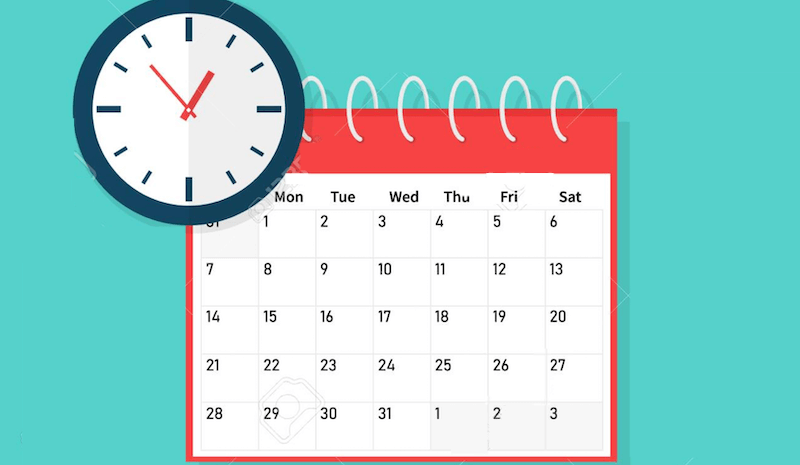Timing is everything, especially in the world of digital advertising. Advertisers often overlook the significant impact that ad scheduling, also known as dayparting, can have on the success of their campaigns.
In this article, we’ll explore what ad scheduling is, why it’s important, and how you can harness it to optimize your ad campaigns for better results.
Understanding Ad Scheduling
Ad scheduling, or dayparting, is a strategic approach in digital advertising that involves selecting specific times and days of the week to display your ads.
This approach enables you to reach your target audience when they are most likely to be active and receptive to your message.
Advertisers can customize when their ads are displayed, helping them make the most of their advertising budget and increase their Return on Investment (ROI).
The Importance of Ad Scheduling
- Relevance: Ad scheduling allows you to display your ads when your target audience is most engaged and likely to take action. This results in more relevant and timely ad impressions.
- Cost Efficiency: By displaying ads during peak times of user activity, you can optimize your budget and avoid wasting resources on less productive hours or days.
- Competitive Advantage: Strategic ad scheduling can give you a competitive edge by ensuring your ads are visible when competitors might not be running their campaigns.
- Improved ROI: When you reach your audience at the right time, you’re more likely to achieve higher conversion rates, ultimately improving your ROI.
Strategies for Effective Ad Scheduling
Know Your Audience:
-
- Understand your target audience’s behavior, time zones, and daily routines.
- Use analytics to identify when they are most active online.
Day of the Week:
-
- Consider the nature of your business when choosing which days to run your ads.
- E-commerce businesses might perform well throughout the week, while service-based companies may focus more on weekdays.
Time of Day:
-
- Analyze data to determine the optimal times to display your ads.
- Run ads during peak hours when your audience is actively searching for your product or service.
Ad Platforms:
-
- Different platforms may require unique ad scheduling strategies.
- For example, social media platforms and search engines may have different peak activity times.
Seasonal Variations:
-
- Adjust your ad scheduling to align with seasonal trends and holidays.
- Plan special promotions and campaigns during relevant periods.
Continuous Monitoring:
-
- Regularly review your ad performance to identify opportunities for optimization.
- Make adjustments to your ad scheduling based on the data you collect.
Experiment and A/B Test:
-
- Run A/B tests to compare different ad scheduling strategies.
- Test various time slots, days, and even ad frequency to find the most effective schedule.
Geo-Targeting:
-
- Consider the location of your audience when scheduling ads.
- If you have a global audience, adjust ad schedules to target specific time zones.
Conclusion
Ad scheduling is a powerful tool that allows advertisers to reach their audience at the right time, increasing relevance and efficiency while improving ROI.
By understanding the behaviors and preferences of your target audience, conducting regular monitoring and adjustments, and experimenting with different scheduling strategies, you can harness the full potential of ad scheduling and take your digital advertising campaigns to the next level. Remember, in the world of digital marketing, timing truly can be everything.






